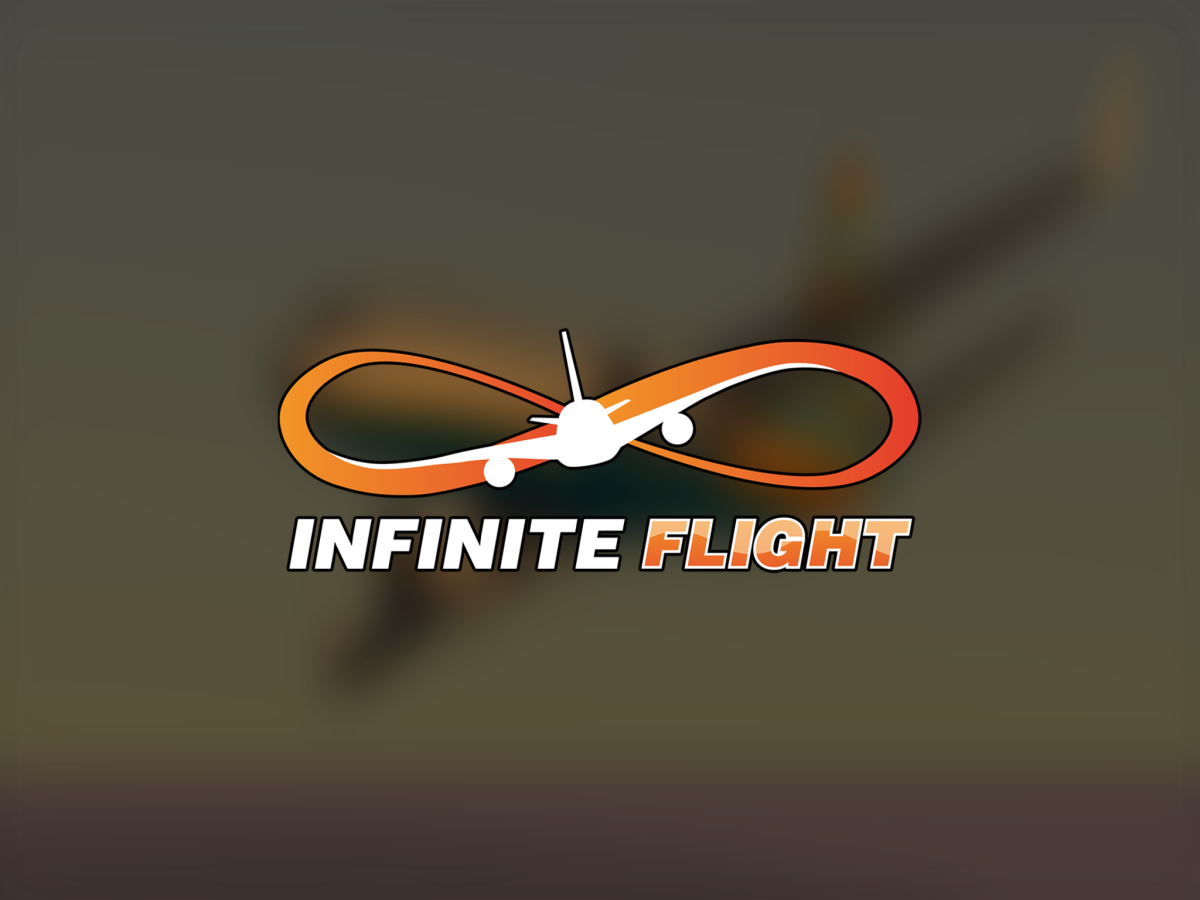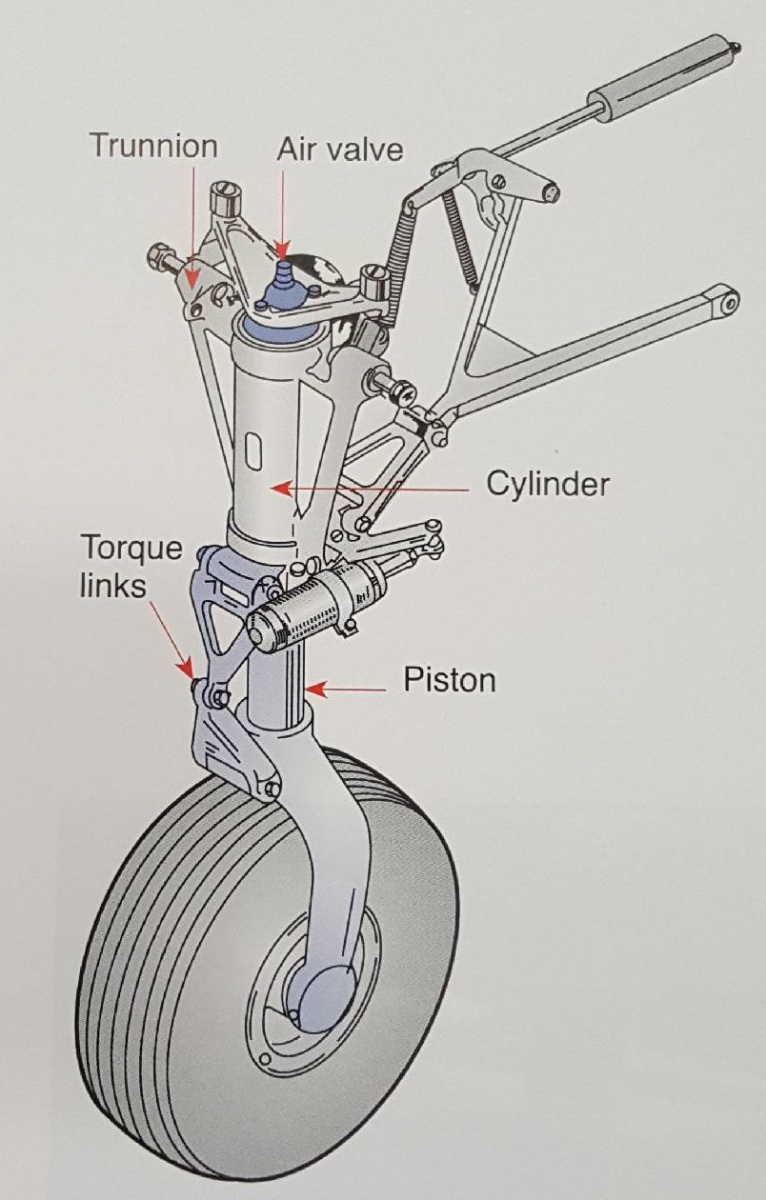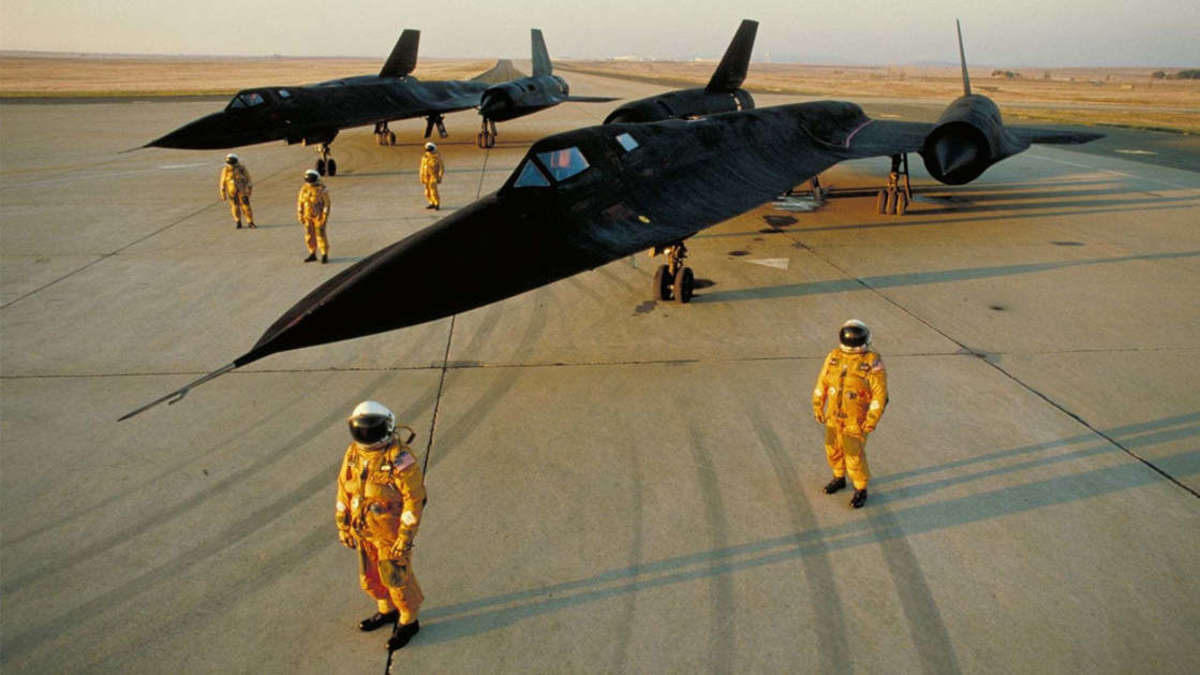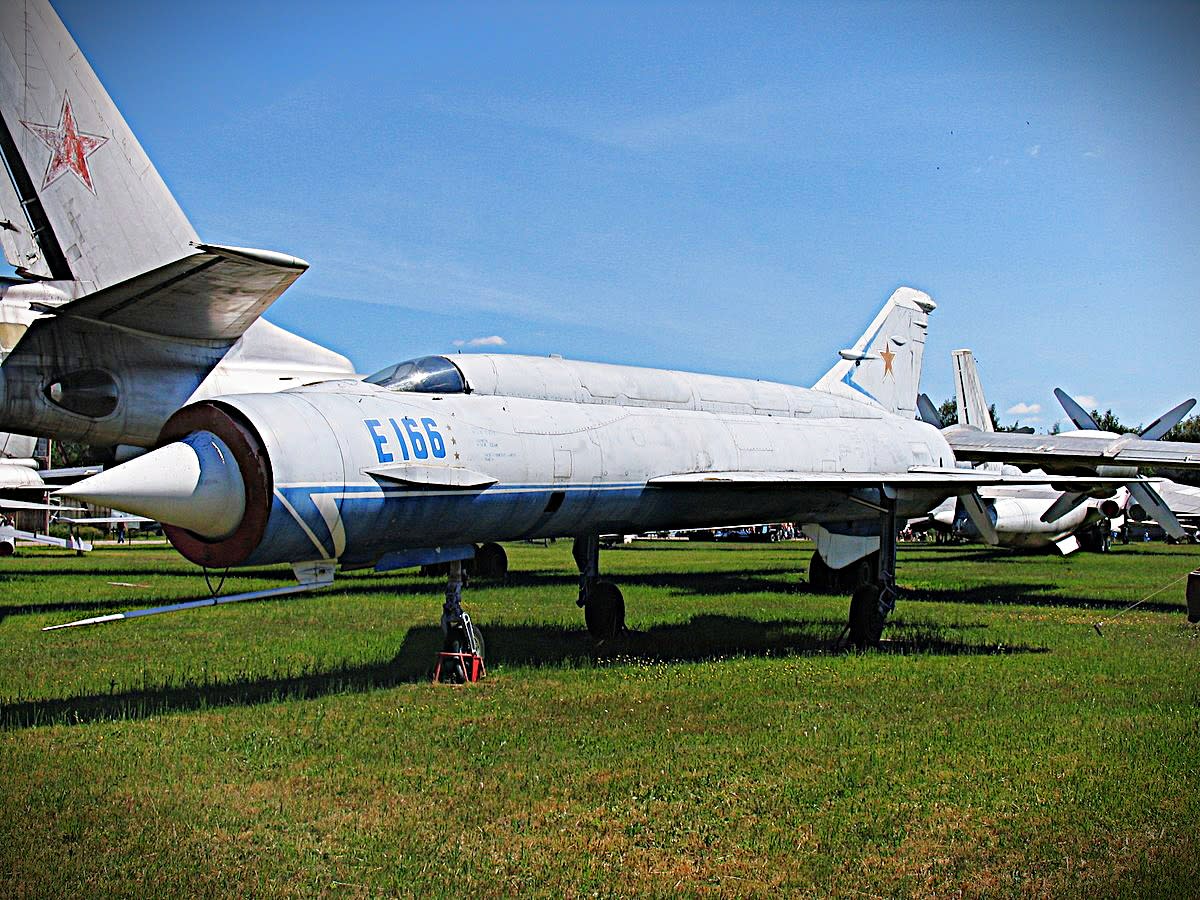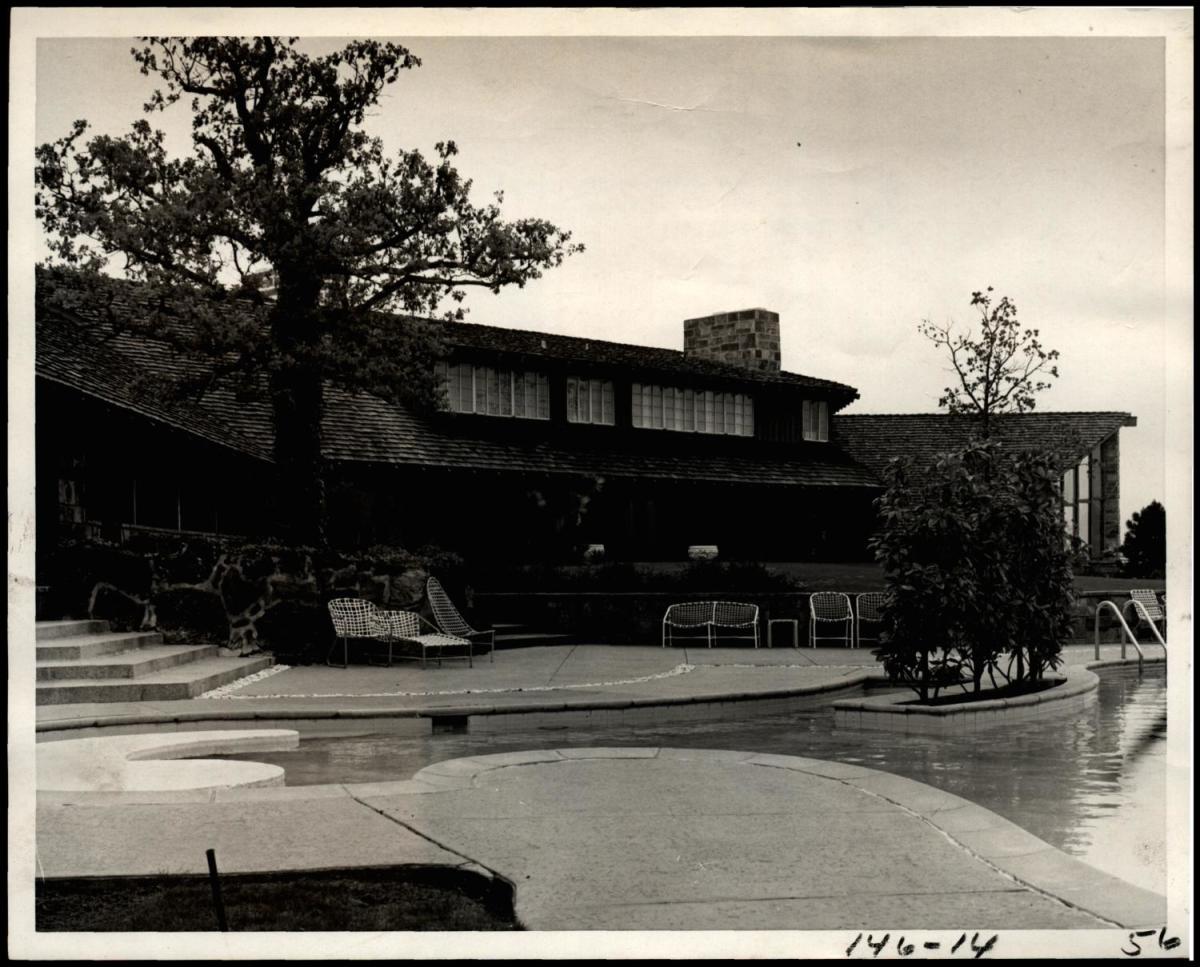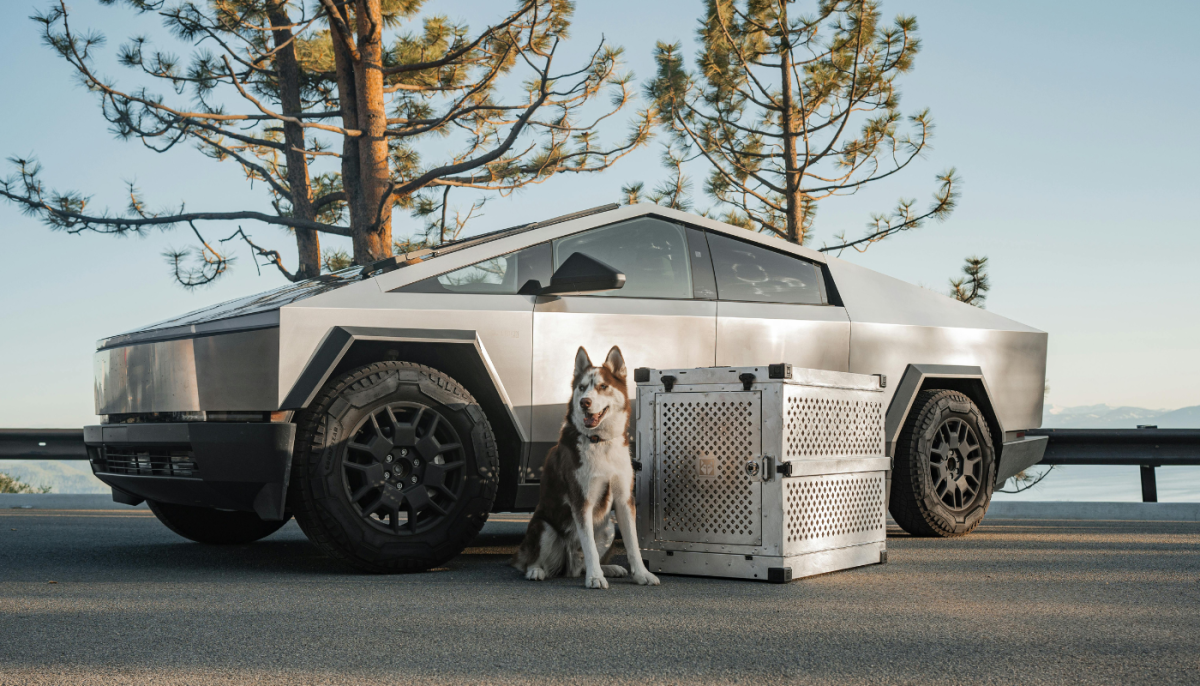Aeroplane Landing - Various Stages:
Aeroplane Landing
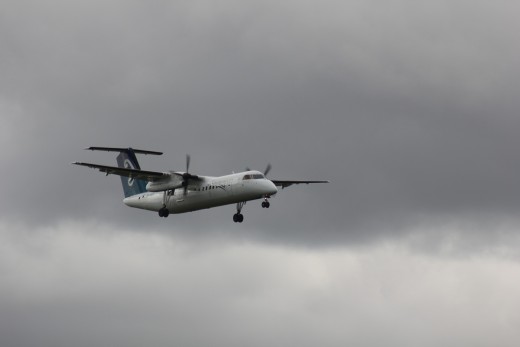
Typically, a commercial aircraft begins the first phase of its landing when it takes about half an hour to arrive at the destination airport. At this point the planes are about one hundred and fifty to two hundred kilometers away from their destination. This stage is called "descending", when the aircraft is flying slowly from the plane to the lowest level. Descent means to go down.
In the first stage of landing, the aircraft not only reduces the flying height, but also reduces its speed slowly, bringing the landing speed to a close. The descending of the aircraft's engines is so low that the descending of the aircraft's nostrils begin to return to a lower angle. Passengers will also be warned to wear seat belts immediately. The air pressure in the air is adjusted according to the air pressure at various altitudes. By the end of the descent, the aircraft will reach the airport at a distance of around twenty or thirty kilometers. Beacons can be heard in the cockpit of the aircraft, which provide the identification of each airport via radio signals from the ground. In addition, the pilot receives proposals to land the aircraft by communicating with the control tower at the airport. The next stage of the process is known as approaching. This is the stage to guide the aircraft towards the runway of the airport. During the approach phase, the aircraft will be about two thousand feet above the ground. It is at this stage that the final landing speed of the aircraft is determined by the pilots. This calculates the total weight of the aircraft, the wind speed on the runway, the speed, direction (this information is provided by the control tower), and the minimum lift required to land the aircraft. Typically, all takeoffs and lanterns are held in the opposite direction of the wind (facing the wind). The lowest landing speed is also close to take-off speed. However, because the aircraft's weight is lower during takeoff (because it burns so much fuel on takeoff and travel), a lower landing speed is possible than takeoff.
The wind blowing directly into the air is called the head wind and the wind blowing in the direction of flight is called the tail wind. Their specificity is easy to understand. Suppose a head wind is on the runway at 30 km / h. Suppose the airplane has a speed of 250 km / hour to make it lift enough. In this case, if the aircraft has a top speed of 220 km / h (250-30 = 220), it will have the necessary lift. The opposite is the effect of tail wind.
There are different ways to reduce the air speed of the aircraft. First, when the engine is cruising at a very low speed, the thrust is not formed. Therefore, the first option is to reduce the speed of air friction (drag). Two, with a few spoilers for air braking mounted on the wing of the aircraft, the speed is reduced slightly. Even if a small plate is mounted on the wing of a flying plane, the effect is great. When the speed is low, the lift is not allowed. Therefore, at this time, some mechanism can be started to operate in the wings to provide the aircraft with low speed and sufficient lift to stay in the air. At the front of the wings is a movable forward surface called the slats, and at the rear there is a section called the flaps that can be moved by a hydraulic system to expand the wing. These will be in close proximity to the wing while flying. When operating the slate during landing / take-off, the wing of the aircraft increases the angle of tearing of the air in front of it, and the angle in which the wing is pushed downward becomes more perpendicular when the flap is moved backwards. As a result, the lift increases.
At the end of the approach, the plane reaches a straight line with the runway. An Outer Marker, a radio signaling system, will be attached to all airports to transmit the information to the pilot that the distance from this part to the final lantern has begun. As soon as the aircraft has crossed the outer marker, the beep sound of the outer marker on the cockpit will illuminate. The plane will now be about 10 kilometers from the runway. At airports where instrument landing systems are available, the pilot connects the aircraft's auto-pilot controls with the ILS. The ground instrument landing system is in contact with the aircraft via radio signals. The system is part of the system with high intensity lights installed on the runway. Auto-pilot / ILS systems can guide the aircraft safely to the runway, even at night, when fog and heavy clouds are eliminating it. Instrument landing system does two major things. First, the center of the runway and the nose of the plane are straightened. This is done by controlling the aircraft so that the different wavelength radio signals received at the wings of the aircraft are received from the localizer antenna in the instrument landing system.
The second system is the Glide Slope Antenna. It helps to determine the slope of the aircraft down from the current altitude (altitude) to precisely touch the runway's touchdown zone. Generally a glide slope or guide path is chosen as a three-degree inclined path to the touchdown point of the runway. During the early stages of the landing, the aircraft's auto-pilot system is used for nighttime landings, cloud and fog and an approach to the approach. In the final stages of landing (since the runway is clearly visible), the pilot will manually control the aircraft at all times.
The PAPI Lighting system is a tool that provides important information to the pilot in this context. It is a complete version of the Precision Approach Path Indicator. This lighting system is available even in airports where there is no instrument landing system. At the start of the runway there are four lights, which are mounted on one side. These lights have a peculiarity. They are white when viewed from high altitude, and red when viewed from low elevation. This is done with a special type of lens on the front of these lights. This means that once the aircraft reaches its guide path, the pilot can see these lights. The operating system is as follows. If all four lights are white, it may be inferred that the aircraft is descending too high and reaching beyond the runway's touchdown point. On the contrary, if all four lights are in red, it can be seen that the plane is coming down too low and landing just before the runway starts. If the first two lights are red and the next two lights are white, that means the plane will land safely on the runway at exactly three degrees of inclination. Now, readers, ask yourself, how relevant is the theory of optical illusion? With such accurate lighting, does the pilot have to "guess" how far and how far the runway will land?
© 2019 George David

